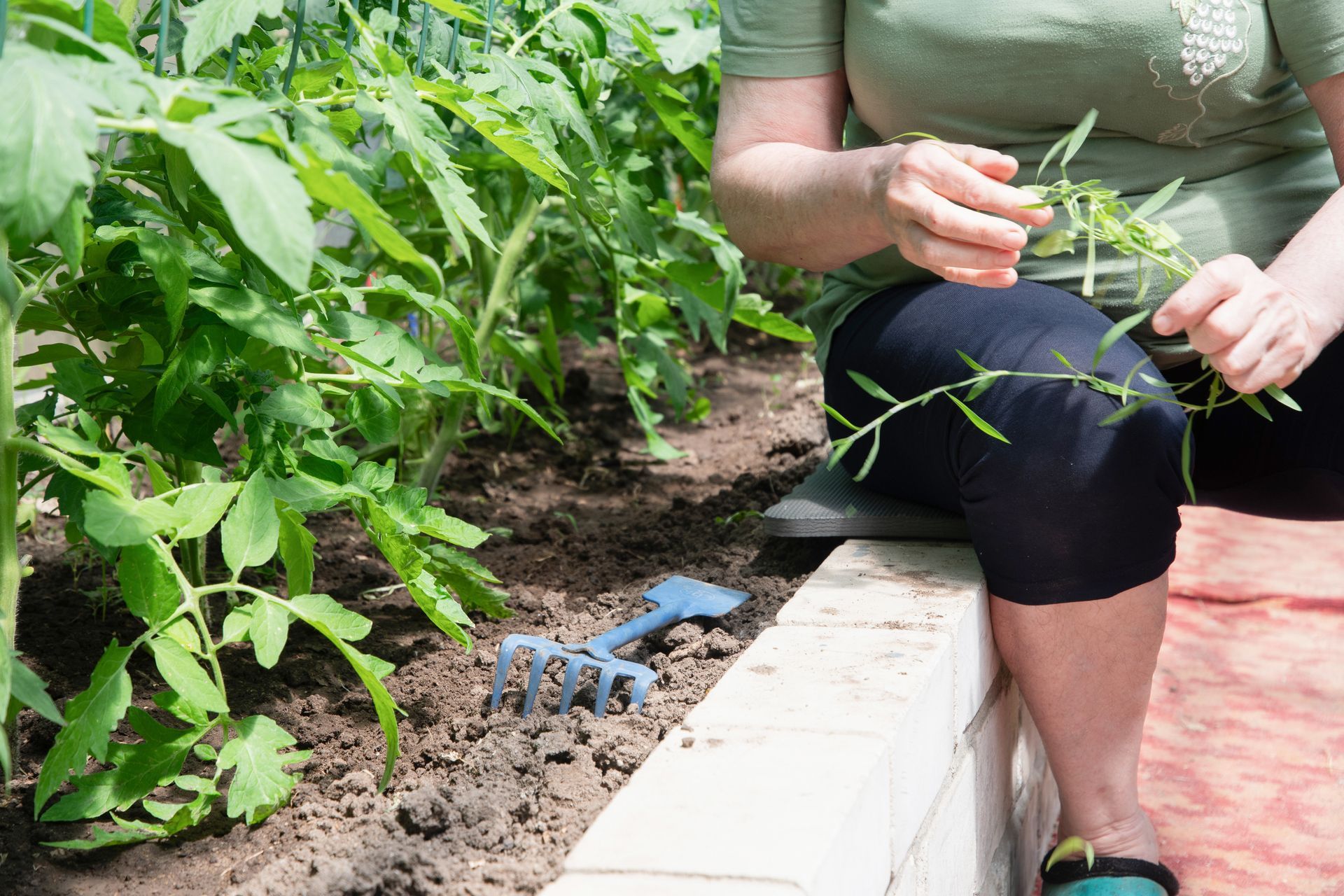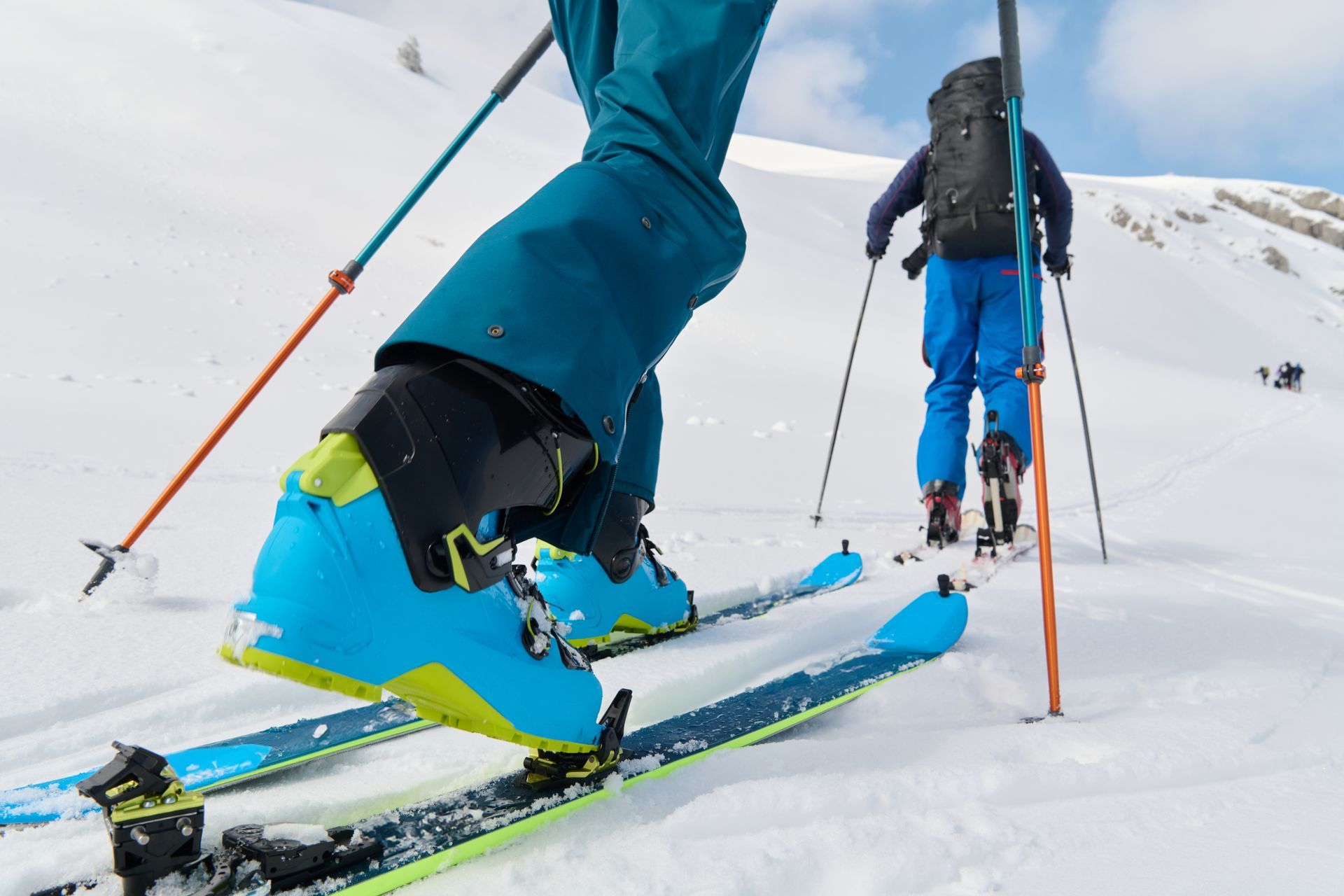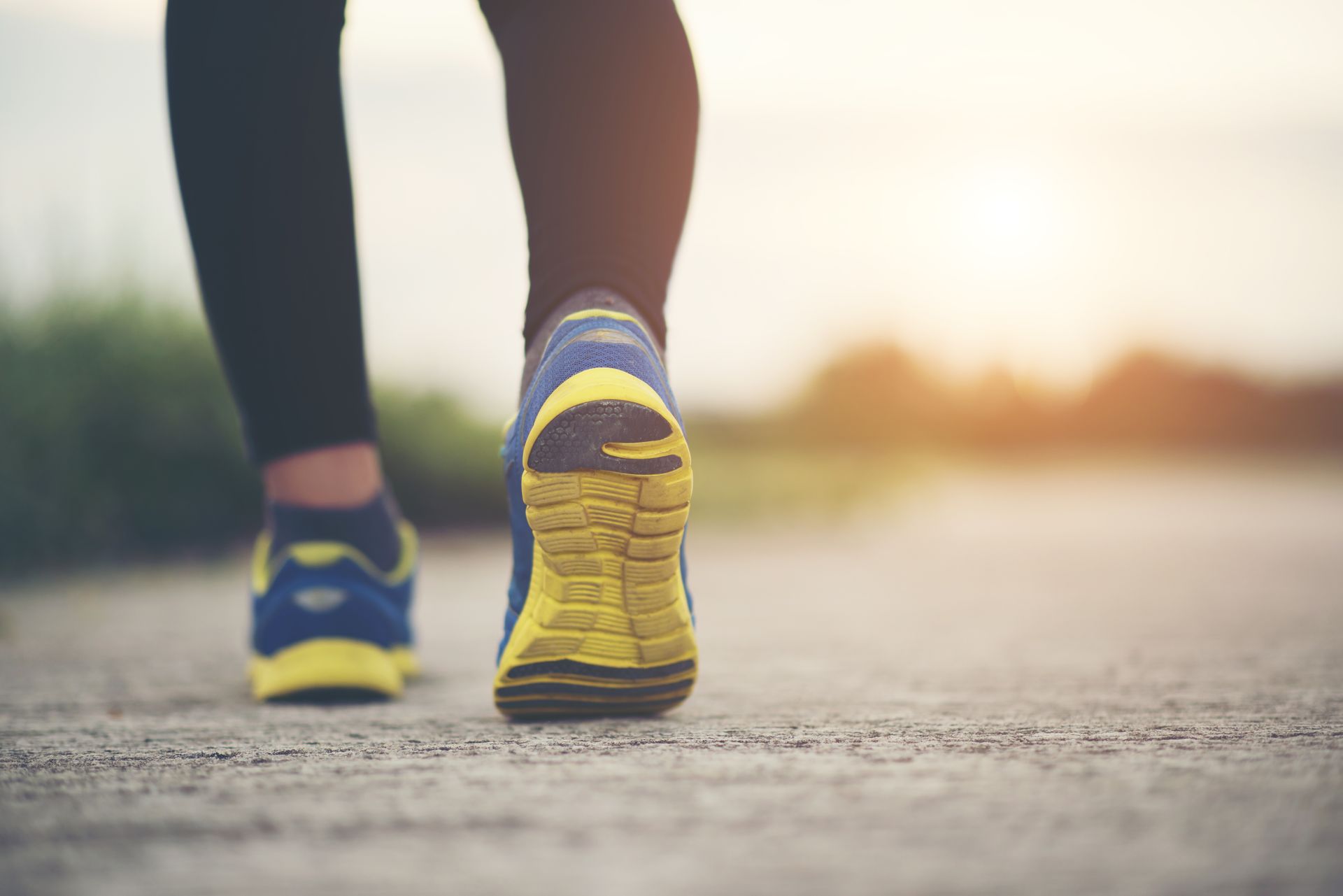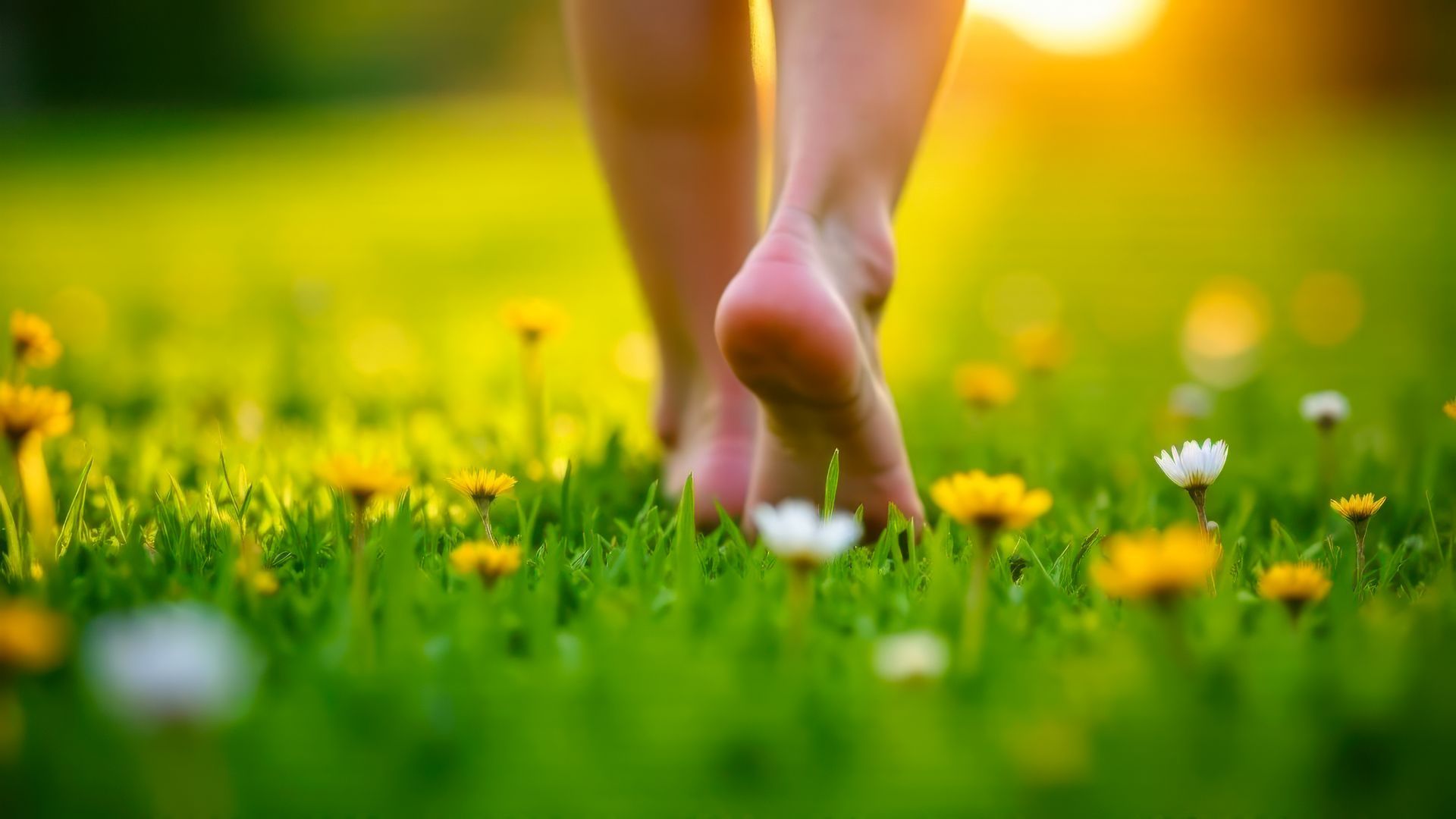Dressing Smart: Fall Fashion Tips for Varicose Vein Management
One out of every five adults suffers from varicose veins. Not everyone may find them painful, but their unsightly presence can make people feel self-conscious about their appearance. However, the right apparel choices that ride the line between vein health and fashion statement perfectly can help you reduce or eliminate the emotional toll associated with varicose vein management.
With cool weather, pumpkin patches, and wardrobe rotations around the corner, this blog cover fall fashion tips and how to make both health and fashion-conscious choices.
Importance of Compression Stockings and How to Incorporate Them into Fall Fashion
Compression stockings are an integral part of the ensemble of people suffering from varicose veins. Graduated Compression Stockings that are 20-30 mm HG are the type you want to purchase. Thigh High Length Compression hose are the best but may be difficult to don.
By improving blood flow in the lower legs, they offer a natural counter to varicose veins and prevent/reduce swelling and discomfort associated with varicose veins.
They can also be a good visual fit for your fall outfits. Solid colors like black, skin, blue, or gray can look well with skirts (maxi skirts are in for Fall 2023) and shorts, whether you are going for elegant or bold.
Compression stockings are available in a variety of stylish picks, so there is a chance that at least a few will perfectly complement your fall outfit. You can also choose patterns, both muted and loud, with trousers, jeans, and long skirts for more subtle blending.
Shoe Choices That Are Both Comfortable and Vein-Friendly
High heels are common culprit in negative vein health, but thankfully this style footwear tends to be less popular this time of year; this is good news for your varicose veins. High heels keep your calf muscles from contracting as regularly as they do in other footwear, which negatively impacts circulation. The severity of the negative impact is proportional to the height of the heel.
You can let go of high-heels in favor of sensible loafers or more fashionable choices like Mary Janes, boots, or cowboy boots. You should also consider narrowing your choices by opting for footwear that offers better arch support.
It can help better manage varicose veins by diffusing the pressure on your foot more comprehensively and ensuring better circulation. It can also make walking far more comfortable and prevent a wide range of foot and leg issues from developing or worsening.
Layering Techniques to Keep Legs Warm and Promote Circulation
You don't have to worry about it in summer, but as fall comes, you should focus on keeping your legs warm. Cold weather negatively impacts circulation, which in turn makes varicose veins worse. Thick compression stockings rectify the issue for the lower part of the legs, but you should focus on layering to keep your entire legs warm. Tights under skirts, tights/thermal leggings under trousers, jeans, and winter pants can be good layering choices.
Warm thermal leggings can be worn directly with tunic tops and some dresses or even maxi skirts and tights. You can also pair these legging choices with cardigans, oversized sweaters (late in the fall), and shirts. Make sure to keep your legs warm without restricting circulation; otherwise, you will be trading one adverse element (temperature) for another (pressure).
Fabrics to Consider and Avoid
When it comes to varicose veins, you want breathable materials, and you should avoid restrictive clothing and shoes. The goal is to help your legs with blood circulation, and anything that prevents that from happening should be avoided.
Even in the fall, choosing something that doesn't facilitate good airflow can prevent sweat from drying and your body from naturally cooling off. This forces even more blood in the veins, making the situation worse.
Accessorizing Smartly
The same tone should permeate your accessorizing. Try to go for loose-fitting accessories, such as leg warmers and loose socks, that keep your feet and calves warm without restricting blood flow. Knee-high boots can be a bold fashion statement with tights and thermal leggings.
Understanding the Balance Between Fashion and Health
It's important to understand that fashion shouldn't just be about how people see you but also about how you see yourself and how you feel. If you are self-conscious about your varicose veins and focus more on concealing them with your fashion choices instead of embracing and dealing with them without feeling self-conscious, you might make all the wrong choices. So choose comfort and your health over fashion always.
Your fashion choices are just one facet of proper varicose vein management. If you are looking for a more comprehensive management of this issue, The Vein Specialists can help you develop the best vein health management plan as well as recommend functional pieces to add to your wardrobe this season. Visit us online at www.ilveins.com or call us at 309-862-4000 to schedule a free vein screening.

